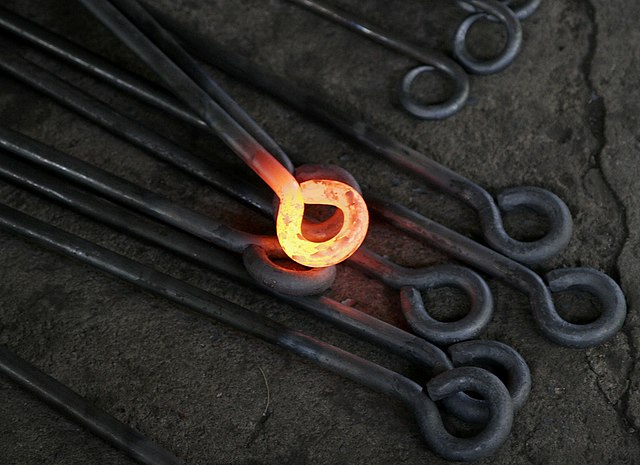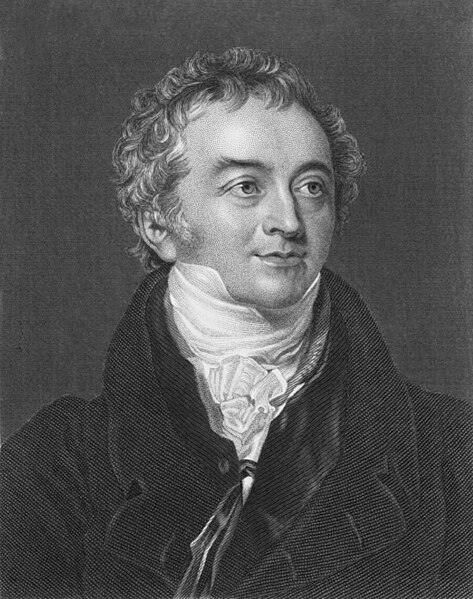A turbine is a rotary mechanical device that extracts energy from a fluid flow and converts it into useful work. The work produced can be used for generating electrical power when combined with a generator. A turbine is a turbomachine with at least one moving part called a rotor assembly, which is a shaft or drum with blades attached. Moving fluid acts on the blades so that they move and impart rotational energy to the rotor. Early turbine examples are windmills and waterwheels.
A steam turbine with the case opened.
Turbine inlet guide vanes of a turbojet
Three types of water turbines: Kaplan (in front), Pelton (middle) and Francis (back left)
In physics, energy is the quantitative property that is transferred to a body or to a physical system, recognizable in the performance of work and in the form of heat and light. Energy is a conserved quantity—the law of conservation of energy states that energy can be converted in form, but not created or destroyed. The unit of measurement for energy in the International System of Units (SI) is the joule (J).
A plasma globe, using electrical energy to create plasma, light, heat, movement and a faint sound
In a typical lightning strike, 500 megajoules of electric potential energy is converted into the same amount of energy in other forms, mostly light energy, sound energy and thermal energy.
Thermal energy is energy of microscopic constituents of matter, which may include both kinetic and potential energy.
Thomas Young, the first person to use the term "energy" in the modern sense







